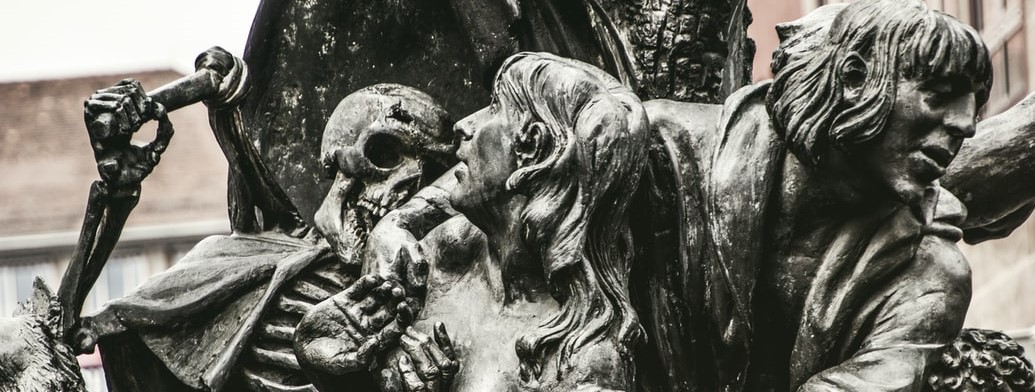Hubraic Courts
The pre-Invasion legal system in Kredashmi was highly organized and influenced by the customs, traditions, and legal codes of early Kredasene society. Renamed Hubraic Law by the Raskvaerii legal scholars who reforged the ancient laws and practices, it was a legal system that emphasized compensation and reconciliation as a means of resolving disputes rather than resorting to punitive measures. It was a distinctive legal system with a strong focus on community and the restoration of harmony among parties, and was greatly influenced by the Kredasene faith in Everyman. The main tenants of this faith focus on principles of shared social, economic, intellectual harmony.
The Courts
The Hubraic legal system was unique in the Saeric Lands, because it utilised a very small number of courts. It was also the only legal system where the monarch did not have their own official court. This was largely due to the fact that crime was framed as a purely social offences, and were therefore dealt with within the context of clan communities. Even crimes involving economic offences, such as theft, fraud and bribery, were understood to be breeches of social contracts. There were four main types of courts, each with specific areas of focus.Court of Mediation
Courts of Mediation dealt with a wide range of local and community matters. This could include land disputes, theft, arson and kinslaying. It also dealt with the creation of marriage contracts, the care of apprentices, and wardships. There was no fixed 'building' in which these cases were heard. The Mediator would usually chose a public space or a private house in which to hold court.Court of High Mediators
The Court of High Mediators were provincial courts that were overseen by the High Mediator: the legal expert chosen for the role specifically by the local klansheer. This court was usually held within the clan 'capital', or main town, and involved matters of regional significance, such as inter-community disputes (e.g. land disputes).Klansheer Courts
These courts were presided over by the klansheers themselves. These courts were held infrequently, and often resulted in the summoning of Mediators from across the territory to advise on the disputes. The Klansheer Court was the only court where a conviction could, in very rare circumstances, carry the penalty of death. This sentence would be carried out personally by the klansheer. These courts were usually held in the klansheer's hereditary castle. Informal courts could be held in times of social crisis, calledLamentation Courts
These gatherings were largely petitionary in nature. They were called by the people, signalling their desire for a meeting of the Lamentation Court by light bonfires along the main road from their settlements to the klansheer's castle. Each territory had its own designated meeting area for these courts, where the klansheer would present himself to his people and hear their complaints. Meeting on this sacred land was a guarantee of safety for the individuals wishing to discuss their grievances from the klansheer's retainers.Dragon Courts
Dragon Courts were introduced during the reign of the first Kredasene Kohnyg, Jurrien van de Rhaelen. These courts were held to settle grievances between rival klansheers, in order to prevent the bitter skirmishes, kidnappings and murders that had characterised their relationships before the arrival of the dragons to Kredshmi. No archival evidence remains to show the workings of this court, but it is rumoured that the reconciliatory talks were monitored by the dragons themselves, rather than the Kohnyg.
Type
Courthouse




Comments